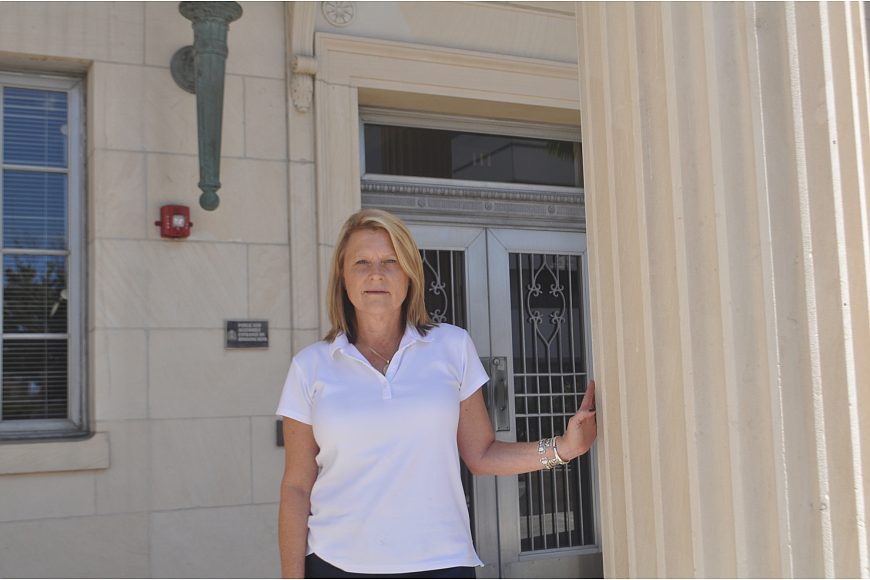- April 25, 2024
-
-
Loading

Loading

Last month, as the city’s Urban Design Studio worked on finishing a new form-based zoning code for Sarasota, residents from the South Poinsettia Park neighborhood shared their concerns about how the new regulations would affect them.
South Poinsettia Park sits just west of U.S. 41, bound by Hyde Park Street to the north and Jasmine Drive to the south. With the form-based code, the Urban Design Studio wants to address a jarring transition from the commercial properties along the Trail to the single-family area at the interior of the neighborhood.
This is where the tension arises.
The Urban Design Studio believes multifamily housing can serve as a natural buffer between the two differing uses. However, despite the efforts of Urban Design Studio Director Karin Murphy, the idea of increased residential density remains troubling for many residents.
Rick Popino, a resident on Hyde Park Street, summed up the hesitance from South Poinsettia Park.
“We’re opposed to the increased stress on parking and the increase in traffic,” he said. “It’s already really stressed now.”
A June meeting with residents allowed Murphy to showcase the next phase of the form-based code. That section divides the city into five different areas, with even more detailed neighborhood-specific rules in certain places.
Murphy said South Poinsettia Park residents were largely troubled by the prospect of apartment buildings filling in the multifamily space. As a result, the code will be revised to address that specific concern in that specific section of that specific neighborhood, highlighting the ability to very narrowly apply new regulations.
“It will say, ‘Check the subarea,’” Murphy said. “For (South Poinsettia Park), it will say a small apartment building is not an allowable building type.”
Article 2, currently being reviewed by city staff, is also designed to incorporate elements of the city’s overlay districts. Streamlining those regulations is intended to help builders and residents alike understand the code.
The goal is to make things simpler, when possible. In Laurel Park, the code removes a regulation regarding fences — because Murphy wants to apply that metric citywide in similar areas. In Golden Gate Point, the code cuts out an overlay regulation governing storage of tables on balconies, allowing a homeowners association to address that issue instead.
“We’re asking people what’s working and not working in these overlay districts,” Murphy said. “If it’s not producing what you want, now’s the time to get rid of this and put in something else.”
“If it’s not producing what you want, now’s the time to get rid of this and put in something else.” — Karin Murphy
Article 2 also includes a proposed program for allowing density bonuses in certain areas. The bonuses are limited to sections of the city that can be served by future transit growth and restricted from the barrier islands or flood zones.
The density increase would be tied to affordable housing, park and transit upgrades. Developers could pay into city funds or provide improvements themselves to obtain the bonuses.
“These are three things the community is very concerned about with density and growth,” Murphy said. “Any approach to additional density needs to address that.”
Although she believes density increases can be an important tool to create new housing types, Murphy is willing to delete that section if there’s no resident support. If all goes according to plan, the entire code should be public by the end of September.
Until she’s instructed to remove the density bonuses, she’ll continue to discuss that and other potentially unpopular subjects as the form-based code is finalized.
“We’re not the decision makers,” Murphy said. “We’re going to talk about concepts and ideas with everybody. That’s healthy.”